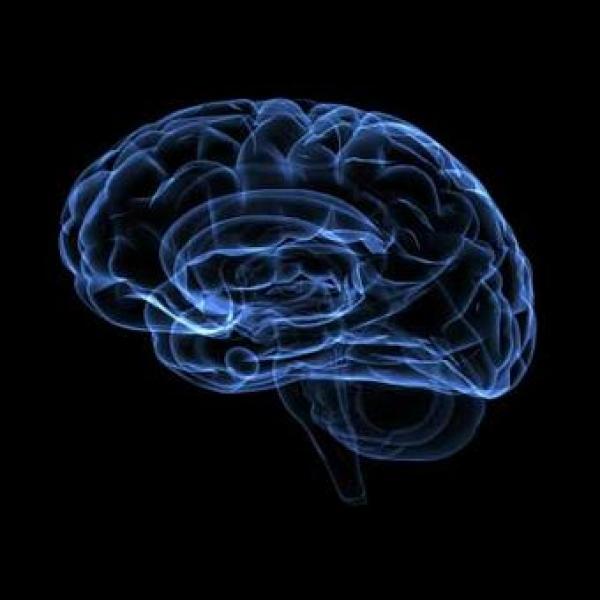Envy - a natural and necessary mechanism of our brain
 Bashny.Net
Bashny.Net

The team from INSERM, Paris, showed that this trend is not purely psychological, but also it is expressed due to certain brain mechanisms that are needed for what has long been known as the "mimetic desire". This feature was first described by the French philosopher Rene Girard back in the 1960s, when he began to write about the human desire. That's when he suggested that we borrow our desires from others, and this explains much of the normal human behavior.
Today, Mathias Pessiglayon and his colleagues write about their research - they unraveled mimetic desire in the brain - in an article published in the online edition of The Journal of Neuroscience.
The idea of mimetic desire is that we value objects not only in terms of their inherent qualities, such as, for example, how they are useful, what they do and what they look like. But also in terms of how these objects are desired by others. It also assumes that the mimetic desire is "infectious", and spreads rapidly among others, thus the desirability of the object increases by more people are interested in them.
In many ways, this feature is important for human survival. For example, the consumption of food that is eaten by other people - a simple way to avoid food poisoning and natural mechanism for the distribution of useful solid matter. However, the researchers suggest that this adaptation changes significantly when there is a limited supply of desirable objects.
Also, Pessiglayon suggested that dysfunction in the areas of the brain responsible for envy, may explain some of the problems of sociability, for example, when children with autism often do not attach importance to those toys that are interested normal healthy children.
Tags
See also
This need to know! 12 important facts about the heat in the child
Our brain has the ability to change, to recover, and even heal at any age
An invisible axis: How our gut talks to our brain
Jonah Lehrer: Thoughts seem metaphysical, but they are physically change our brain
It's not as easy as You think 14 facts about our brain
Our brain
How to spoil our brain stress and what to do
How successful people remain calm 10 useful tips
What visual illusions can tell us about our brain
Vasily klucharev: How our brain makes decisions?

















